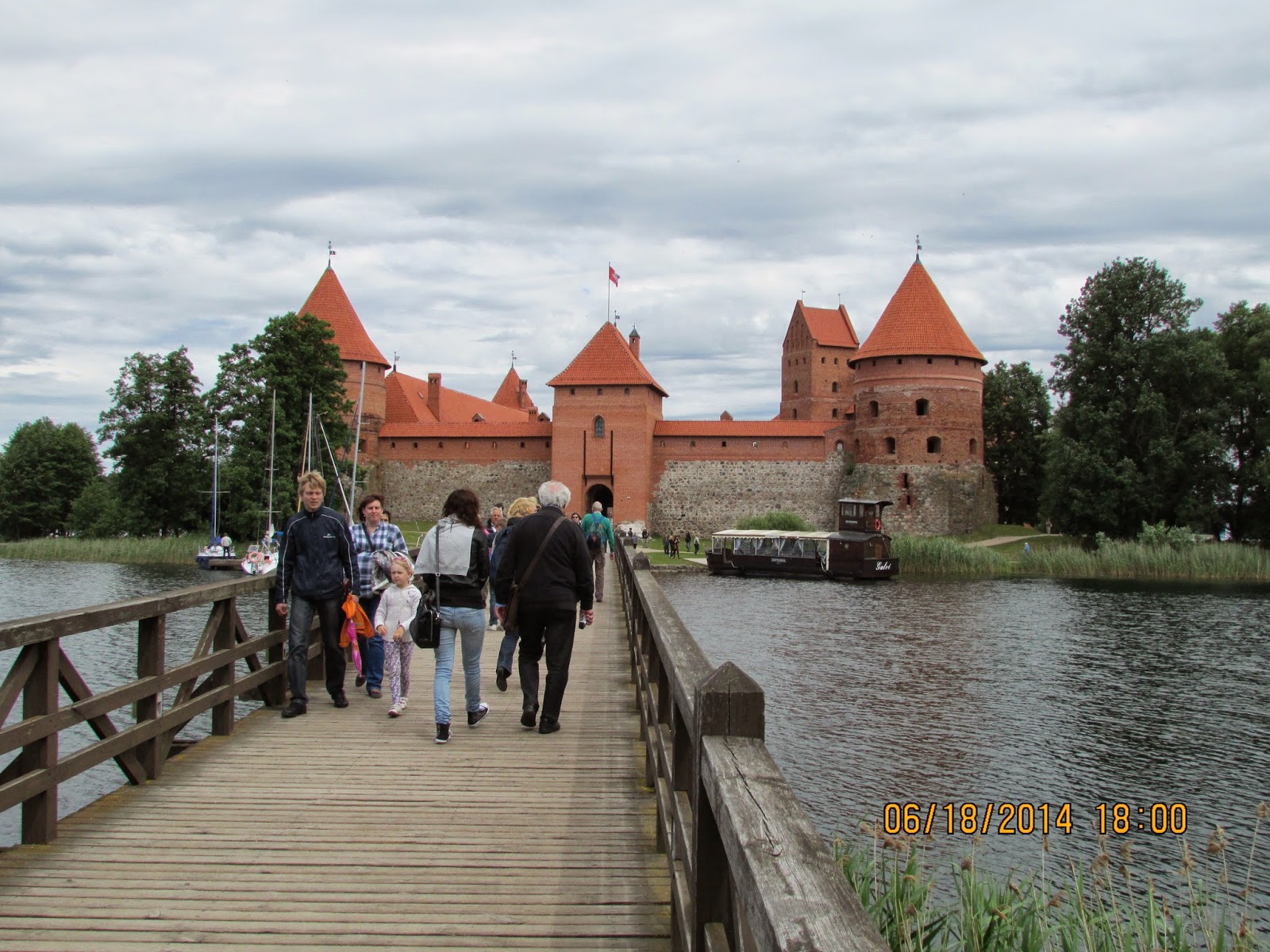Don’t look now, but from here on the days will be growing shorter. That’s what the summer solstice is all about, and worldwide the event is marked by festivals and other “Midsummer” celebrations of one kind or another. To a certain extent Christianity has appropriated the pagan holiday by merging it with the celebration of the feast day of Saint John the Baptist (June 24, or the evening of the 23rd). Note that John the Baptist is thought to have been born six months before Jesus.
From
Wikipedia, we learn that
In Lithuania the festival
is known as “Joninės” or “Rasos” (Dew Holiday).
The traditions include singing songs and dancing until the sun sets,
telling tales, searching to find the magic fern blossom at midnight, jumping
over bonfires, greeting the rising midsummer sun and washing the face with a
morning dew, young girls float flower wreaths on the water of river or
lake. These are customs brought from
pagan culture and beliefs.
Yes,
up there at the top of this post is a maiden with a flower wreath—our Lady of
Gedimino Prospektas. I don’t know if
that’s Saint John’s Wort in her hair or not (I don’t think so), but in Vilnius
specifically, celebration of the summer solstice/Saint John the Baptist Feast
Day seems to be associated with exactly the same kind of street fair/folk
festival that was mounted in Šiauliai a few weeks ago (in fact, it attracted a
few of the same vendors) featuring wooden kitchen utensils, accordion music, a
light alcoholic drink called gira,
and lots of beef and venison jerky.
What’s not to like?
In part because it took place on the avenue in front of our hotel, the Midsummer solstice celebration in Vilnius proved to be quite a distraction on a day for which we had already prepared a long agenda. So after wandering around the stalls for a bit, we boarded a #2 trolleybus in the direction of the train station (stotis, not to be confused with solstice), hopping out to join the throng of tourists who had descended upon the Aušros Varai (Gates of Dawn), attracted by this city’s answer to the Shroud of Turin. It’s called Our Lady of the Gate of Dawn, or sometimes simply the Vilnius Madonna, and she is said to have miracle-working powers. There were no miracles in store for us. We stood in the queue for a long time, but never got a close look at the icon, so the image below is taken off the internet:
And so ends our Lithuanian adventure. This blog post will be published upon our return to the United States, or maybe from Copenhagen, where we will be changing planes. It's been a great experience for us both, and we hope for you, too. Thanks for coming along for the ride and for discovering with us the many charms of Lithuania.

















































